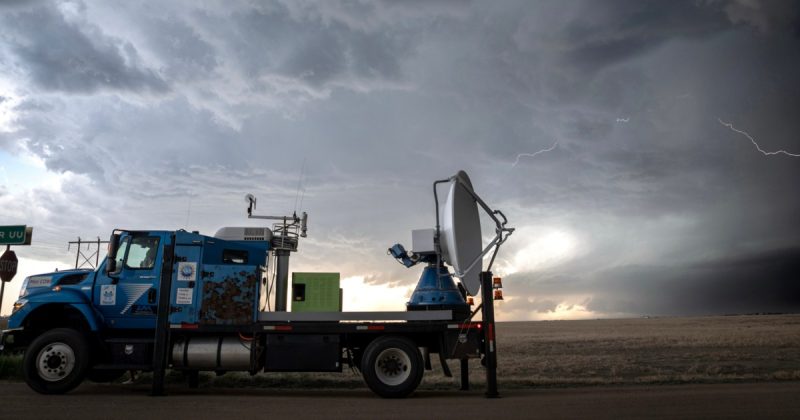
Forget tornadoes; there’s a new kind of storm chasing taking place. A team of approximately 70 researchers, utilizing cutting-edge technology and specially equipped vehicles, spent the spring and summer tracking and studying dozens of thunderstorms across the Front Range of the Rockies and the central Plains. Their mission? To understand the formation of hail, its increasing severity in a warming world, and ultimately, how to mitigate the damage it causes.
Hail is a major source of storm damage in the United States, resulting in tens of billions of dollars in property losses last year alone. Research suggests that the frequency of large hailstorms will increase with climate change, further highlighting the urgency of this research.
This federally funded project, known as ICECHIP, represents the most extensive field study of hail in four decades. It aims to bridge the gap in our understanding of hail forecasting by linking a storm’s internal dynamics to the size and volume of hail produced. This crucial data will aid in developing more accurate predictive models and informing the creation of more resilient building materials, such as roofing, capable of withstanding larger hailstones.
The ICECHIP team employed a variety of techniques, including deploying mobile Doppler radars, launching drones, releasing weather balloons, and even releasing hundreds of ping-pong ball-sized devices called hailsondes into the storms’ paths. These hailsondes track the hailstone’s life cycle, revealing details about its melting and freezing processes, and how wind patterns influence its growth.
The researchers collected over 10,000 hailstones, preserving them in dry ice for further analysis. This comprehensive dataset will allow for a more accurate comparison between atmospheric conditions and ground-level observations, ultimately leading to improved hail forecasts and reduced economic losses. The impact extends beyond property damage, as the agricultural sector is significantly affected by hailstorms, impacting crops and machinery.
While the fieldwork for ICECHIP was funded by the National Science Foundation, the future of such crucial research remains uncertain. Proposed budget cuts could significantly hinder progress in understanding and mitigating the effects of increasingly intense weather events driven by climate change. Continued federal investment is vital for improving forecasting capabilities and protecting communities and economies from the devastating impacts of severe weather.
The ICECHIP project is a testament to the dedication and innovation of scientists working to unravel the complexities of nature’s most destructive forces. Their work is not just about understanding hail; it’s about building a more resilient future in the face of a changing climate.










